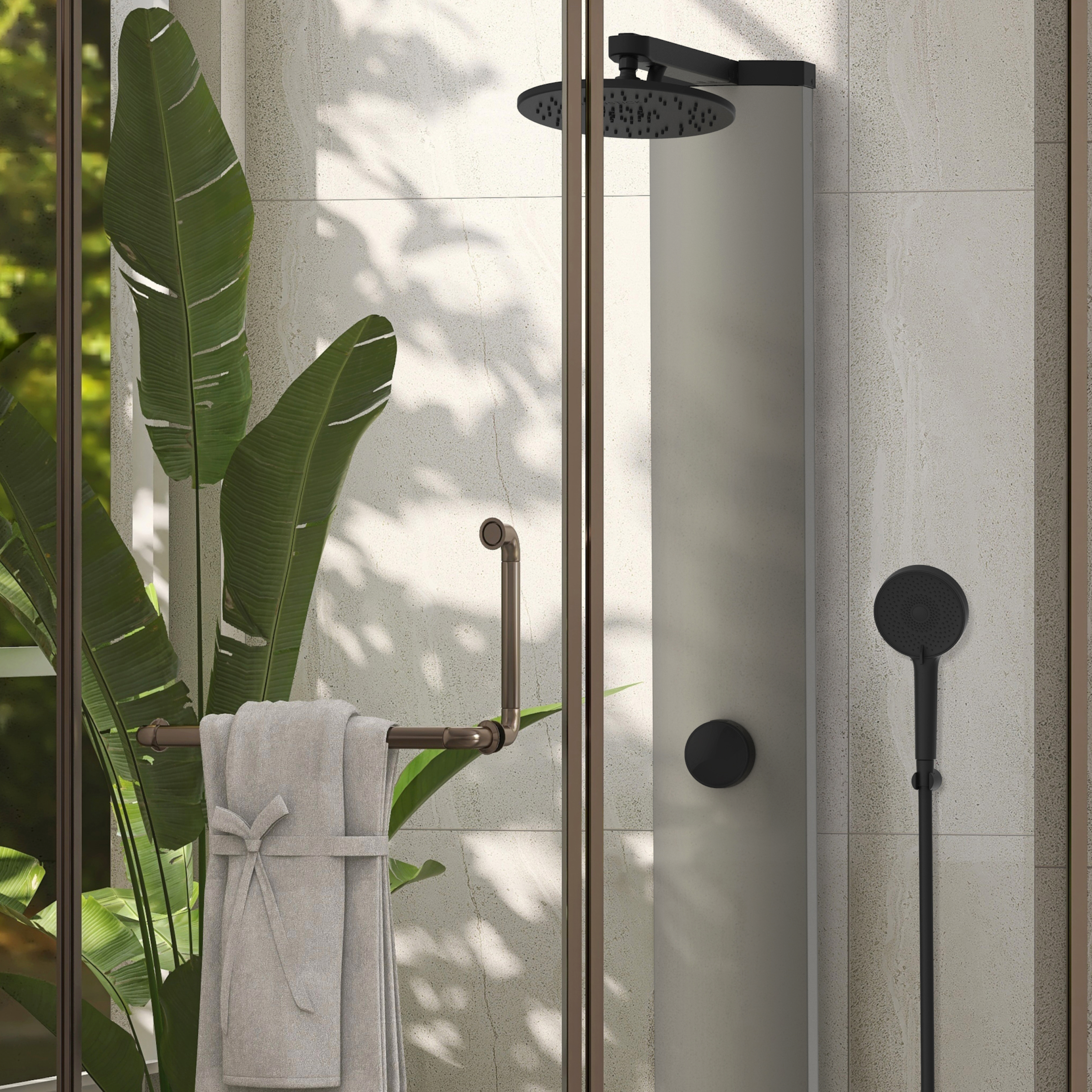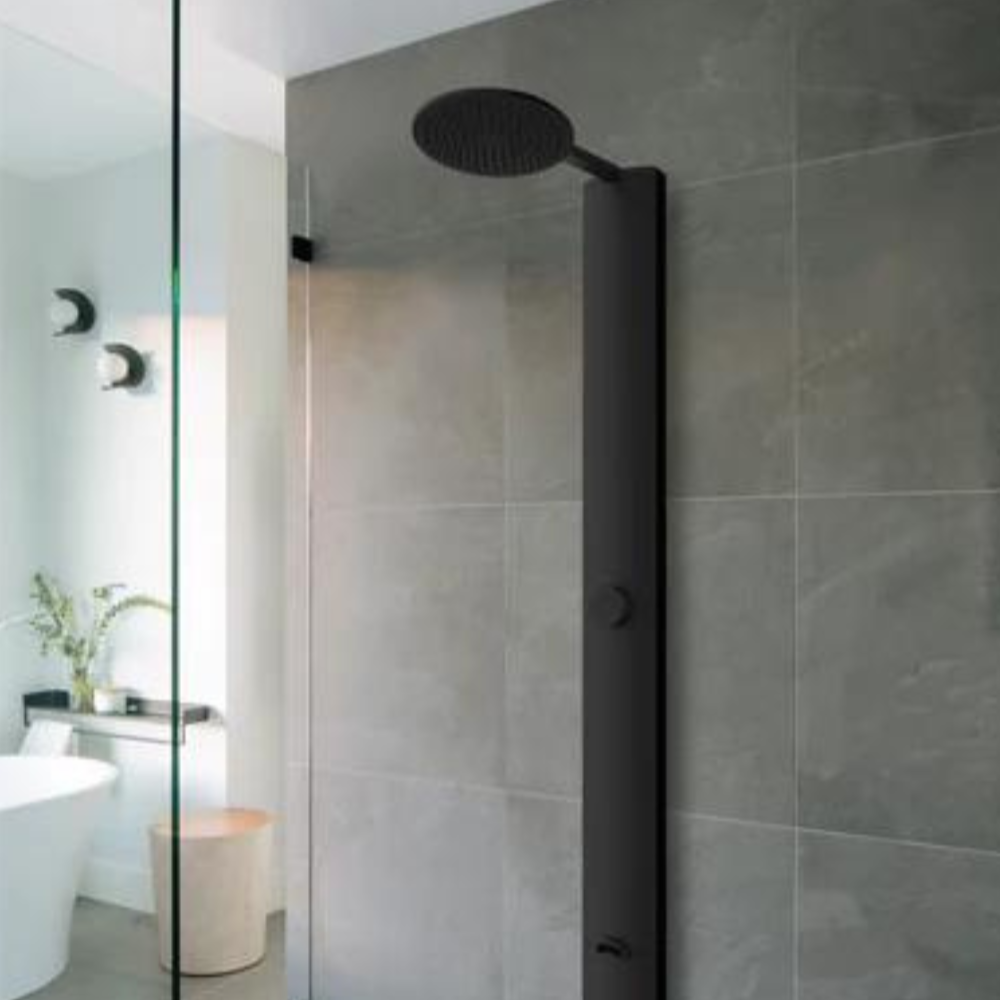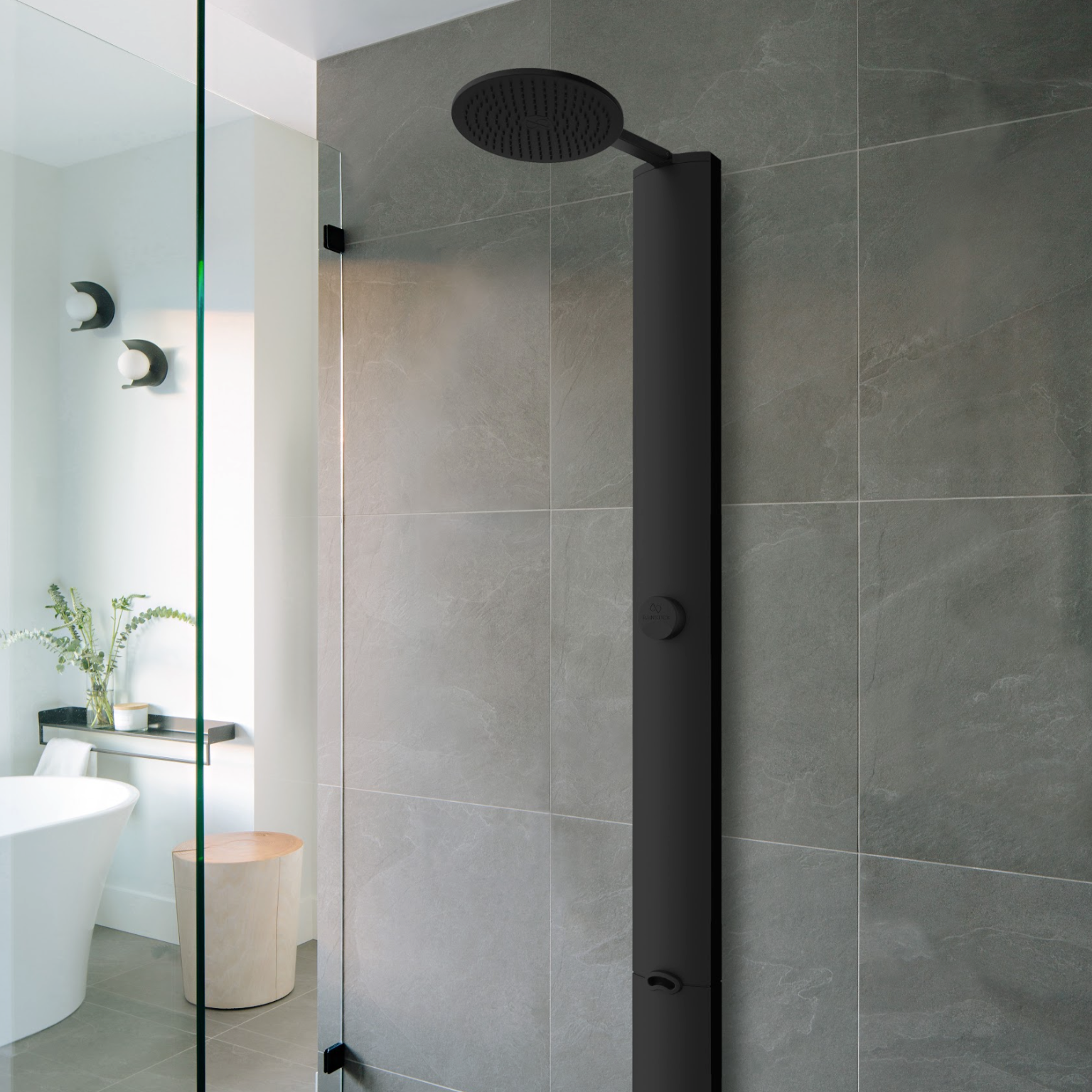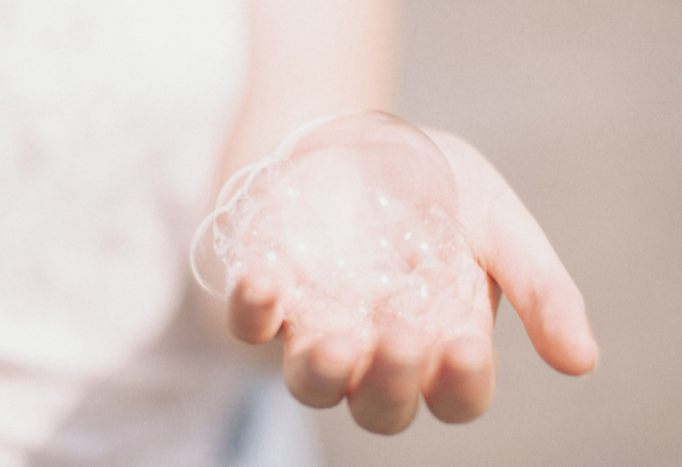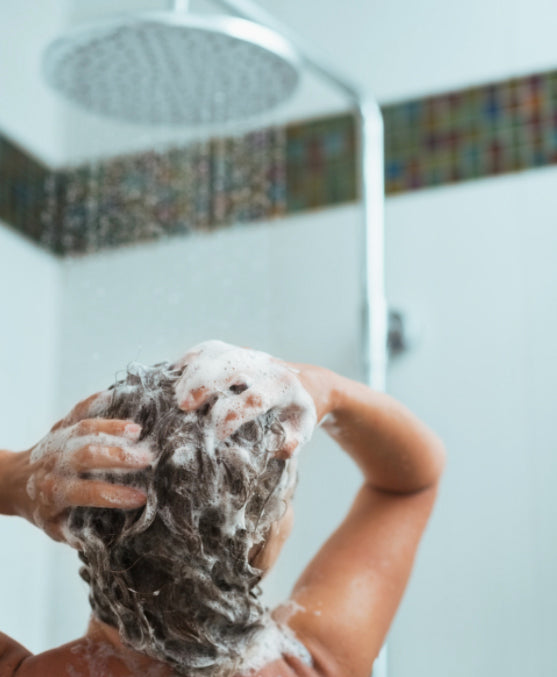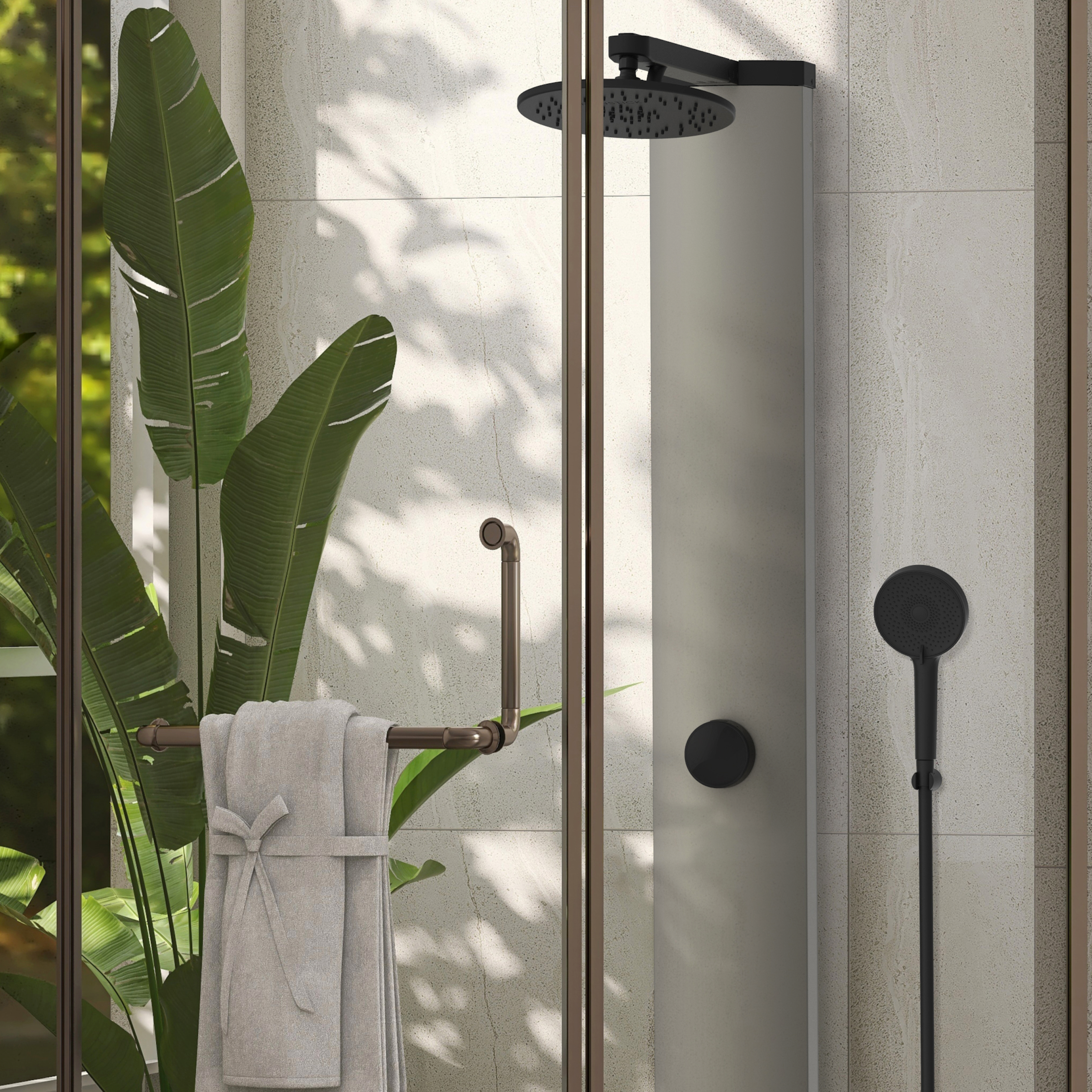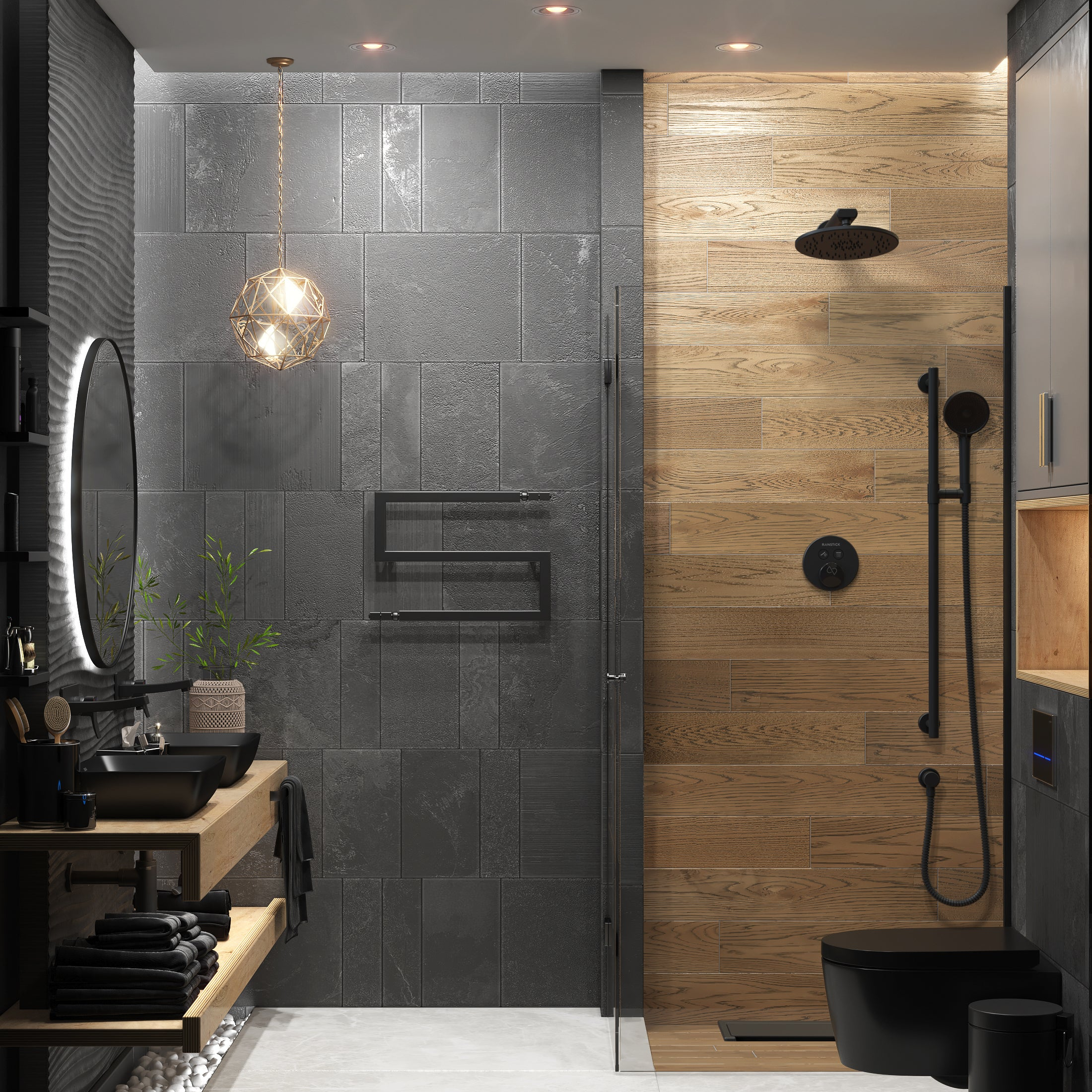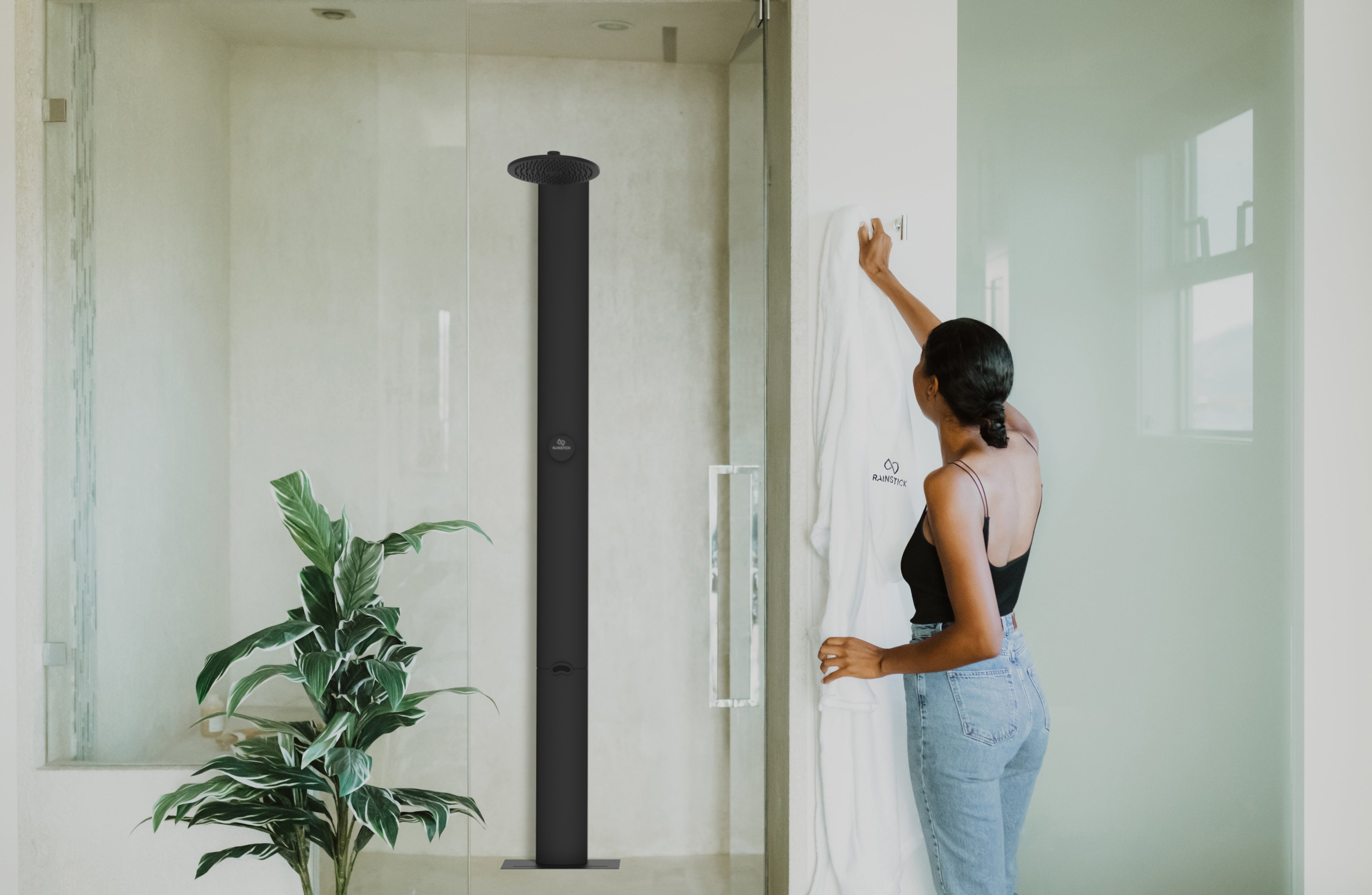We at RainStick see a lot of bathrooms—after all, we’re a bathroom product company! Let us take you through three of the biggest 2021 bathroom trends we’re seeing so far. Let us know on social if any of these give you the inspiration you need to remodel or redesign!
Sanitation in the Home
Consumers are seeking opportunities to increase cleanliness in their bathroom spaces. Going through Covid-19, many of us have formed our own version of sanitation sanctuaries within our homes, with viral videos of outrageous attempts of lysoling food showing just how far some were willing to go for cleanliness. According to research company Euromonitor, global sales of household disinfectant grew by 47 per cent to $4.1bn in 2020, and are projected to grow to $5.6bn by 2025. Demand has continued to surge for antibacterial gels, and other household products, while also propelling other products into mainstream popularity. An example of this is touchless technology. This includes soap dispensers, water faucets and yes, even toilets.
Hands free sensor technology allows soap dispensers to dispense small amounts of soap at a time in order to provide a quality and sanitized solution. We like Umbra’s approach with their Automatic Soap Dispenser, as their fast dispensing speed allows for a controlled amount of soap and their non-drip spout prevents messy drips and clogging.
Touchless water faucets in the home are growing in popularity and allows users to place their hands under the faucet with sensors starting and stopping the water flow based on hand placement and timing. We like Moen’s approach to the Touchless Faucet space. Their tech allows users two different ways to turn on the sensors, on top of the faucet and under the faucet head.
Toilets are kinda gross, we all know it. In a modern world never touching a toilet handle again seems like a dream that's finally been realized with antimicrobial, touch-free fixtures becoming more accessible. We like American Standard’s approach to the touchless toilet. Their hands free sensor can be pleased up to 3 ft away from the toilet unit. Users just need to swipe their hands to approve the sensor in order to have the toilet flush.
Touchless Soap Dispensers
Hands free sensor technology allows soap dispensers to dispense small amounts of soap at a time in order to provide a quality and sanitized solution. We like Umbra’s approach with their Automatic Soap Dispenser, as their fast dispensing speed allows for a controlled amount of soap and their non-drip spout prevents messy drips and clogging.
Touchless Water Faucets
Pairing well with the soap dispensers is the smart faucet technology. We’ve seen this in public washroom settings over the years, however, consumers are now focusing on harnessing this technology in the home. This technology allows users to place their hands under the faucet with sensors starting and stopping the water flow based on hand placement and timing. We like Moen’s approach to the Touchless Faucet space. Moen differentiates itself by allowing users two different ways to turn on the sensors, on top of the faucet and under the faucet head. This allows users to customize their experience and have accessibility to have a consistent flow of water even if they remove their hands from underneath the faucet.
Touchless Toilets
Non-Touchless Toilets are kinda gross, we all know it. In a modern world never touching a toilet handle again seems like a dream that's finally been realized with antimicrobial, touch-free fixtures becoming more accessible. We like American Standard’s approach to the touchless toilet. Their hands free sensor can be pleased up to 3 ft away from the toilet unit. Users just need to swipe their hands to approve the sensor in order to have the toilet flush.
More $ Spent in bathroom Renovation
According to Houzz’s 2021 Houzz & Home Report “At least 1 in 5 homeowners across all generations renovated their bathrooms in 2021… with a 20 per cent increase in major upgrades of smaller bathrooms”. With the housing market skyrocketing in Canada, homeowners are looking for ways to make their home market ready or an like-new feel to homes they are deciding to continue loving. The two biggest areas with the highest return are the kitchen and bathroom spaces. The Houzz Report also goes on to list Gen X being the demographic focusing most on renovative guest/ other bathroom spaces with 27 per cent, followed closely behind by Millenials with 26 per cent.
The Answer to the Question: Bathtub or Shower, Which is Better?
According to the 2020 U.S Houzz Bathroom Trends Study, 23 per cent of homeowners have opted for removing the bathtub after a bathroom renovation, with 54 per cent opting for a longer shower to help in relaxation. Bathtub soaking is down by seven percent from last year and most notably, for the first time, half of renovated master bathrooms don’t have a bathtub, with 4 in 5 homeowners choosing to enlarge the shower.
Smart Tech in the Bathroom
Although consumers are wanting to keep minimal tech in the bathroom, the appeal of smart tech has consumers looking for ways to make efficient use in this space. The smart bathroom space has previously focused on smart faucets and touchless toilets with self-cleaning technology. With this emerging tech, it has launched further questions pertaining to just how smart our homes are with water. According to Environment Canada, Canada has the highest domestic water use in the world with approximately 65 percent of water consumption in the home occurring in the bathroom. As our bathroom technology continues to get smarter the ways in which we approve water in the home has to get smarter as well.
How RainStick is Looking to Join 2022’s Bathroom Trends
RainStick is a WiFi-enabled smart shower system that saves 80% energy and 80% water while providing almost double the flow, while tackling water consumption and smart tech at the source. Just like your shower today, RainStick starts with fresh grid-supplied water. Except instead of going down the drain, RainStick captures, circulates, and cleanses the water, all in real-time to avoid waste. With the savings repaying your investment in less than 5 years.


